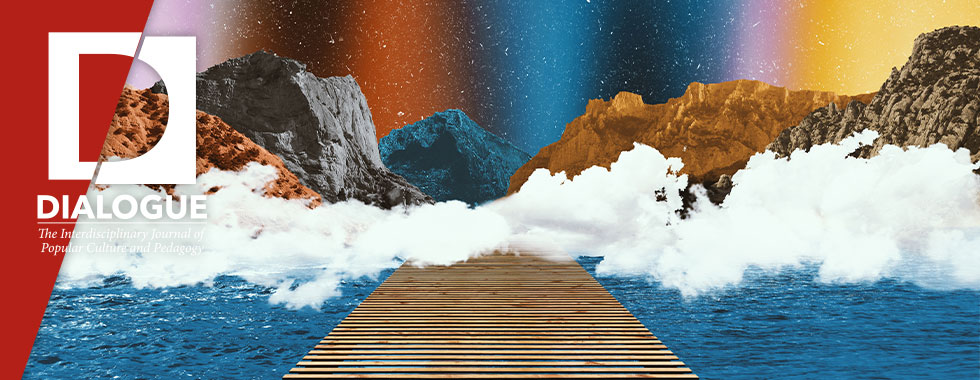Document Type
Article
Abstract
Video games offer unique perspectives when analyzing the social structures built into the world of a text; choice becomes a major factor in the central action of video games as players take control of the story’s main protagonists. Two video games that fixate on this idea of choice and its intersection with the posthuman are Ken Levine’s BioShock (2007) and its direct successor, Jordan Thomas’s BioShock 2 (2010). The games each feature posthuman protagonists. Posthumans themselves are often prejudiced and portrayed to be “other,” and while BioShock equally asserts posthumans as “others,” these games show a different side to the tragedy of posthuman bodies. Though the process of genetic evolution in these games isn’t exactly pretty, it is often the reason for becoming posthuman that is even uglier; there is a pattern of evolution and physical mutation without choice that plagues these games and their characters. Analysis of the posthuman protagonists alongside the patterns of involuntary experimental evolution prevalent in the narratives will lead to a broader conversation of posthumanism itself and how these characters’ loss of humanity is not the main reason they are tragic figures; instead, their tragic elements stem from their lack of choice in their own evolution. The world of these games asserts that posthumanism and the evolution and modification of the human body are not bad or tragic in a general sense. These games instead condemn the actions of corrupt individuals who took this choice of evolution and modification from people and forced it upon them. Bodily autonomy and sense of self is threatened and destroyed by those in power when fads pressure individuals into forming dangerous habits, and political prisoners are used as fodder for experimentation.
Recommended Citation
Knight, Madison
(2024)
"BioShock and BioShock 2: A Case Study of Tragic Posthumans,"
Dialogue: The Interdisciplinary Journal of Popular Culture and Pedagogy: Vol. 11:
Iss.
3, Article 9.
Available at:
https://digitalcommons.unl.edu/dialogue/vol11/iss3/9

